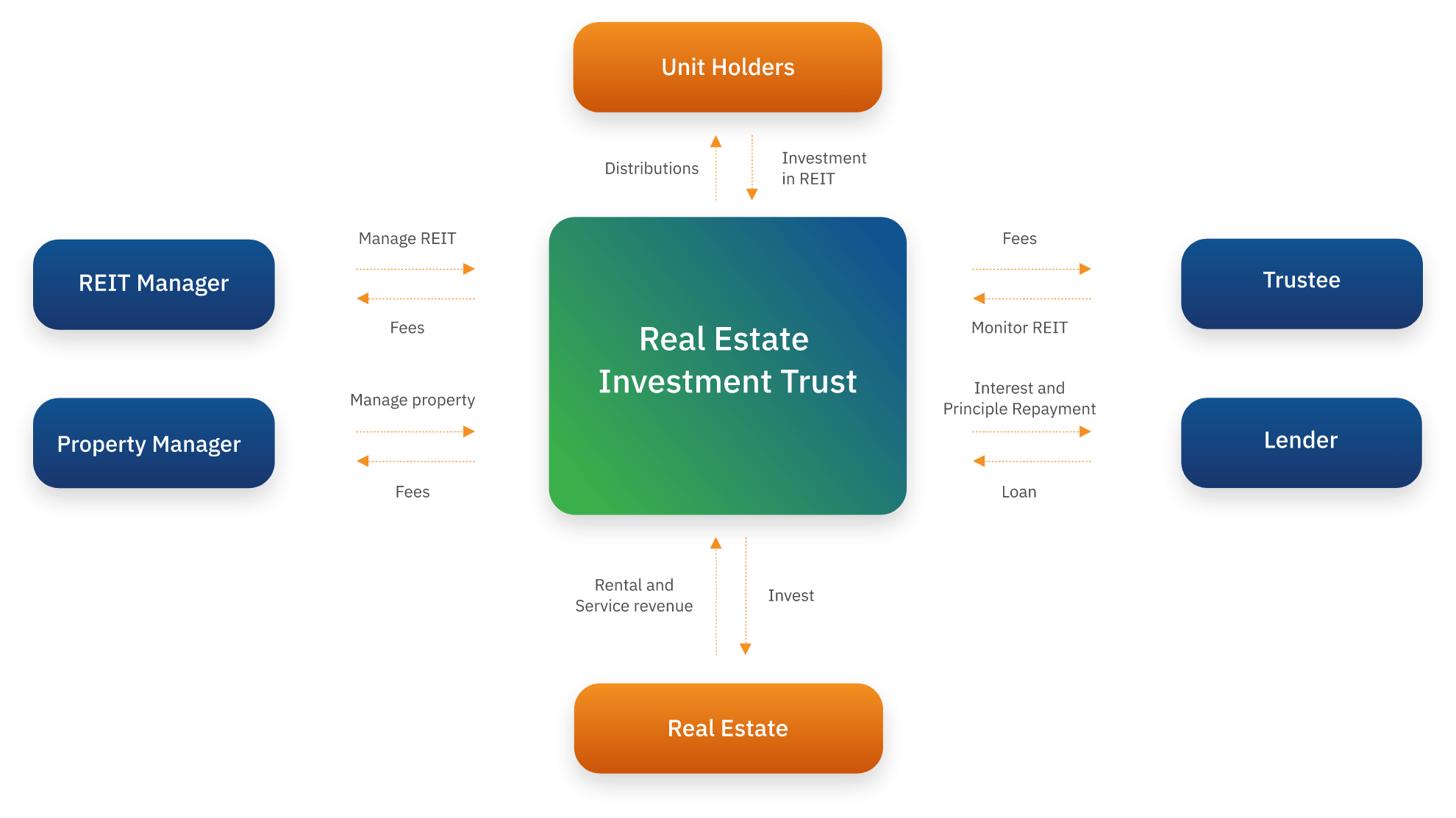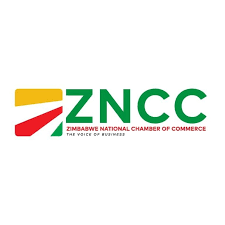
In the intricate landscape of real estate investment trusts (REITs), governance structures are the linchpin that ensures transparency, bolsters investor confidence, and drives operational excellence.
This discourse delves into three principal governance models: the trustee-fund manager model, the board of directors approach, and the trustee-advisory board model.
By scrutinising these frameworks, we aim to illuminate the optimal governance pathway for Zimbabwe’s development REITs, thereby fostering a conducive environment for sustainable growth and investor trust.
The trustee-fund manager model, exemplified in sophisticated markets such as Singapore, Japan, and Hong Kong, operates by distinctly separating the roles of the trustee and the fund manager.
Trustees are custodians of the assets, charged with ensuring regulatory compliance and safeguarding investor interests.
Concurrently, fund managers are entrusted with the REIT’s operational dynamism, encompassing property acquisitions, disposals, and leasing activities.
This model’s allure lies in its inherent specialisation. Trustees, unencumbered by daily management intricacies, can singularly focus on compliance and investor protection.
Conversely, fund managers can channel their expertise towards optimising property performance and strategic investments.
- Hebrew scriptures: Mortality and meaning
- Hebrew scriptures: Mortality and meaning
- Property firm lists REIT on ZSE
- Tigere REIT’s IPO gets off ground
Keep Reading
The resultant operational efficiency, unshackled by the procedural latency of a board of directors, enables agile decision-making in volatile market conditions.
However, this model is not without its complexities:
Lack of fiduciary oversight: Without a board of directors, there is no traditional fiduciary body ensuring that the fund manager’s actions are in the best interests of investors, which can lead to conflicts of interest.
Regulatory dependence: The success of this model heavily depends on the strength of the regulatory framework. In markets with less stringent regulations, the risk to investors is significantly heightened.
Potential for misalignment: The separation of duties can sometimes lead to misalignment between the trustee and fund manager, affecting the overall strategic direction and coherence of the REIT.
Investor confidence: The absence of a traditional governance structure may lead to concerns about transparency and accountability, potentially undermining investor confidence.
Examples and performance:
Singapore: Here, the model has flourished due to the robust regulatory framework enforced by the Monetary Authority of Singapore. Trustees, usually licensed financial institutions, ensure compliance, while specialised fund managers handle operations, creating a balance that fosters investor confidence.
Japan: Japanese Real Estate Investment Trusts operate under a similar structure, where trustees ensure regulatory compliance and hold assets in trust, while asset management companies manage properties. The model’s success in Japan is also attributed to stringent regulations and clear delineation of responsibilities.
Hong Kong: In Hong Kong, REITs operate under the Trustee-Fund Manager model with oversight from the Securities and Futures Commission. This model has been effective due to the clear regulatory guidelines and high standards imposed on both trustees and fund managers.
The trustee-advisory board model, adopted in countries like Kenya, Nigeria, and Zimbabwe, juxtaposes trustees’ oversight with advisory boards’ specialized insights.
This hybrid model offers flexibility and access to expert counsel, particularly advantageous during the developmental phases of REIT projects.
Nonetheless, this model is riddled with potential governance pitfalls:
Lack of fiduciary responsibility: Advisory boards do not have the legal obligation to act in the best interests of investors, leading to potential conflicts and prioritization of short-term gains over long-term stability.
Insufficient oversight: Without the comprehensive oversight mechanisms inherent in a board of directors, there is a risk of mismanagement and inadequate risk management.
Decision-making inefficiencies: The advisory nature of these boards can result in decision-making delays, undermining the swift execution essential in development projects and inflating costs.
Erosion of investor confidence: The lack of stringent fiduciary responsibilities and oversight can erode investor confidence and adversely affect the REIT’s ability to raise capital.
Examples and performance:
Kenya: The model has been implemented with mixed results. While it provides flexibility and specialised advice during the construction phase, it has faced challenges with governance issues and investor confidence due to insufficient oversight.
Nigeria: Similar to Kenya, Nigeria has experimented with this model for its unlisted REITs and private real estate funds. The results have varied significantly, largely depending on the integrity and capability of the trustees and advisory members involved.
Zimbabwe: Recently adopting the trustee-advisory board model, Zimbabwe mirrors Kenya’s approach. The model offers flexibility and specialised guidance but raises significant risks related to insufficient oversight and potential mismanagement, posing challenges to investor security and market confidence.
Globally revered for its rigor and accountability, the board of directors model stands as the epitome of governance excellence, particularly in the realm of listed REITs.
At its core, this model mandates unwavering fiduciary oversight, ensuring that every action taken by the REIT aligns unequivocally with the best interests of its investors.
This unwavering commitment to investor protection is paramount, as it instils confidence among stakeholders and fortifies the foundation upon which the REIT operates.
One of the hallmark features of the board of directors model is its robust governance framework, which not only manages risks but also enhances transparency across all facets of the REIT’s operations.
By mandating clear lines of accountability and responsibility, the board of directors ensures that decision-making processes are thorough, strategic, and in full compliance with regulatory requirements.
This level of transparency not only fosters trust among investors but also enhances the REIT’s attractiveness to capital markets, facilitating easier access to funding for growth and expansion initiatives.
Moreover, the presence of a board of directors significantly elevates the calibre of strategic guidance available to the REIT.
Comprising individuals with extensive industry acumen and a diverse range of expertise, the board brings invaluable insights to the table, enabling the REIT to navigate the complexities of the real estate market with confidence and agility.
Whether it’s identifying lucrative investment opportunities, mitigating risks, or charting a course for long-term growth, the strategic vision of the board plays a pivotal role in shaping the REIT’s trajectory and ensuring its sustained success.
*Dr Bekithemba Mpofu is the chief real estate officer at Integrated Properties










